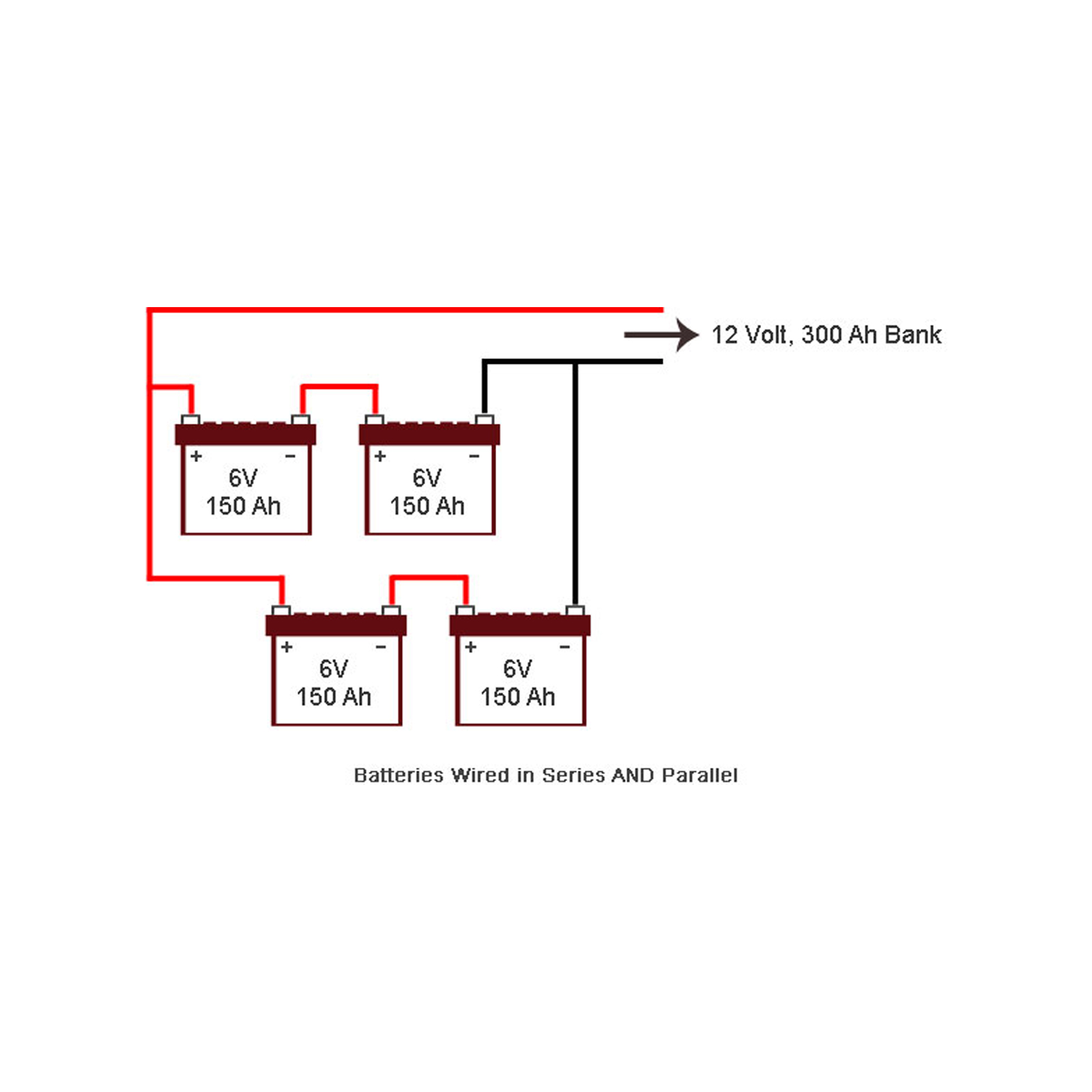

Now, the sucking from the positive end continues through the wire until it reaches the negative end - which is glad to give away electrons which were pushed into it. And, as explained above, the current comes to an end.Ī third way, is to connect the ends (i.e., to complete the circuit) through a wire or a resitance such as a light bulb. In both of these methods the circuit is not complete - the far ends are not connected.

This happens - as the reader had mentioned - when you connect two batteries in a series, which causes stronger electric field (stronger sucking and pushing force) to suck/push more electrons from/to the FAR ends of the pair of batteries. This is one way of creating a current - by increasing the capacity.Īnother way is by increasing the electric field. When you connect the battery ends to a capacitor, the plates of the capacitor provide additional pieces of metal from/to which the battery extracts/pushes more electrons - hence the electron current flows a while and, when the capacity (the elctron affinity) of the capcitor is reached, comes to a stop. Hence, the chemical reaction comes to a halt - this is similar to a person sucking or blwoing air from/into a bottle which comes to a halt after a certain time, depending on the size of the bottle and the strength of the person. These battery ends are made of small metals they can give or recieve only so much electrons (known as "electron affinity"). The chemical interaction in a bettery creates an electric field, which results in sucking electrons from the positive end and pushing out electrons to the negative end.
Batteries in series series#
Recently you answered a question of a reader titled: Series Batteries.


 0 kommentar(er)
0 kommentar(er)
